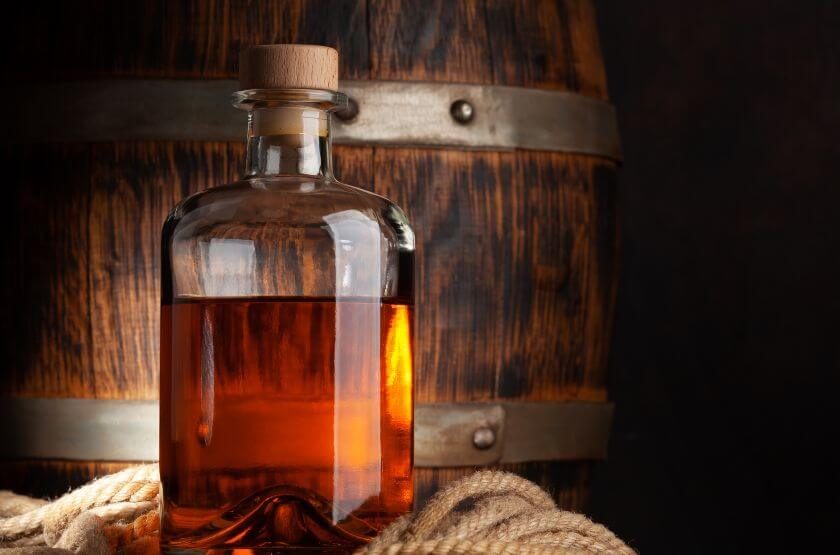
Spirits bottles are typically made of glass, which is a durable and non-reactive material that is ideal for storing alcoholic beverages. The process of making a spirits bottle typically involves the following steps:
Glass Melting: The raw materials for glass, such as sand, soda ash, and limestone, are melted together in a furnace at very high temperatures (over 1,500°C) until they form a molten liquid.
Bottle Forming: The molten glass is then fed into a bottle-forming machine, which uses compressed air to blow the glass into a mold that gives it its final shape. The machine can also add features like a neck, a cork or screw cap thread, and a flat base.
Annealing: After forming, the bottles are quickly cooled in a cooling tunnel to harden the glass and then moved to a lehr, a long oven where they are slowly heated and then cooled down over several hours. This process is called annealing and helps to reduce the internal stress within the glass, making it stronger and less prone to breakage.
Inspection and Labeling: Once the bottles are cooled, they are inspected for quality and any defects such as cracks, chips or unevenness are removed. Finally, they are cleaned, labeled, and packaged for shipping.
Overall, the process of making spirits bottles is a complex and precise one, requiring specialized machinery and skilled workers to produce high-quality, uniform bottles.


